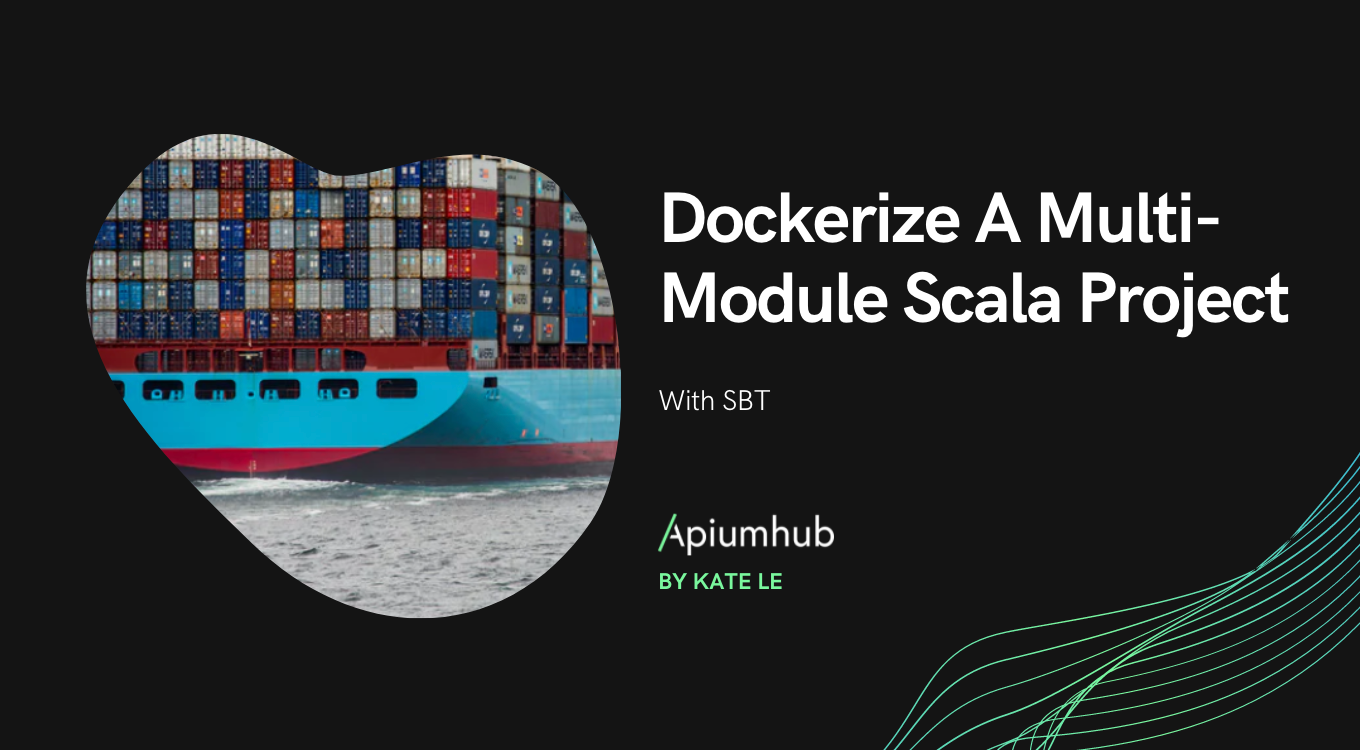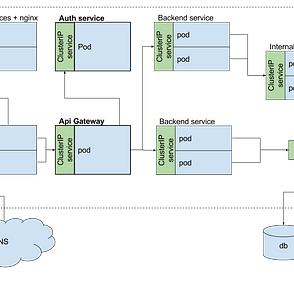
- #Sbt docker run image install#
- #Sbt docker run image manual#
- #Sbt docker run image full#
- #Sbt docker run image software#
- #Sbt docker run image download#
The output should look like You are being redirected. Now test the web server by issuing the command curl localhost Then perform: ID=$(docker run -d -p 80:80 provisioningengine_manual) sleep 5 docker logs $ID Verify that the Web Server is operational On the docker host, stop any container that might be running on port 80 (check with „docker ps“, stop the container with the command „docker stop “). You will see in the log that a new image layer is created at each step. docker build -tag=provisioningengine_manual:latest. We assume that we have direct Internet access over a NAT firewall, but with no need to pass a HTTP proxy here. In case, a HTTP proxy is involved, note that both, the docker host as well as the container image needs to be prepared for that. # default command: run the web server on port 80:ĬMD Build Docker Image
#Sbt docker run image install#
RUN bundle install bundle exec rake db:migrate RAILS_ENV=development # Install the Rails Gems and prepare the database: # copy the ProvisioningEngine app to the container: RUN apt-get install -y vim apt-get install -y less # if you need "vi" and "less" for easier troubleshooting later on: In our case, the Dockerfile looks like follows: FROM rails

 the default command that is run within a container (e.g. the TCP ports to be exposed to the outside world,. the files to be copied from the docker host to the image container,. the commands that are run within the image container during the build process,. the official „rails“ image in this case), The Dockerfile describes the automation steps during creation of a docker image. Among others, the Dockerfile specifies Note, that the Dockerfile is already part of the git repository, you have cloned above, so this sub-chapter is for your information only. In the docker host, clone the application’s repository and change the working directory by issuing following commands: git clone
the default command that is run within a container (e.g. the TCP ports to be exposed to the outside world,. the files to be copied from the docker host to the image container,. the commands that are run within the image container during the build process,. the official „rails“ image in this case), The Dockerfile describes the automation steps during creation of a docker image. Among others, the Dockerfile specifies Note, that the Dockerfile is already part of the git repository, you have cloned above, so this sub-chapter is for your information only. In the docker host, clone the application’s repository and change the working directory by issuing following commands: git clone #Sbt docker run image download#
Install git on the docker host, if it is not installed already (check with „git –version“ on the docker host’s command line interface).įork and download the Rails App from Github. You may also want to test the new official way of installing Docker using the Docker Toolbox (at the time I had started with Docker, the official way of installing Docker on Windows was based on boot2docker and had resulted in a nightmare…). Here we will need only a single host, so you can skip the etcd discovery part and the change of the num_instances variable. Using Vagrant, I have created this blog that shows how this can be done in less than 10 Minutes, if Vagrant and Virtualbox is installed. #Sbt docker run image manual#
Manual Build from Dockerfile Prerequisites
when comparing docker with other container technologies, we find that docker is by far the most popular container technology as of today. when comparing the performance of Rails on Windows and dockerized Rails on Windows, we experience a 50% performance gain. A layered container design helps to further reduce latencies and download volumes since unchanged layers can be cached. compared to Hypervisor-based virtualization technologies, the resulting images are much more lightweight and thus are much easier to handle and share. similar to Hypervisor based virtualization technologies, container technologies help to create portable application images by bundling libraries with the application and by providing an environment that is independent from other applications. Here are the reasons, why I have chosen to containerize my web application using Docker: Next Steps towards Continuous Integration. If you are interested in a more lightweight „Hello World“ example with (probably) <15 MB of downloads during the process, you might be interested in this example. Note: the procedure requires Internet downloads of >1 GB. #Sbt docker run image full#
Next possible steps towards full CI/CD (continuous integration/continuous deployment) are discussed a the end of the blog.
#Sbt docker run image software#
This will allow us to automatically create a new Docker image in the background, each time a code change is pushed to the Software repository.
In a second step, we will create a Link (via a „Webhook“) between the Github Software repository and the Docker Hub docker image repository. 
which base image to use, which files to copy, which commands to perform and which ports to expose.
we will create and test a so-called Dockerfile that describes all automation steps: e.g. This blog is exploring a tiny aspect of this automation framework: the containerization of an application and the automatic creation of a Docker image from source code for a Rails Web application as target application. For that, 
Continuous Integration (CI) and continuous deployment (CD) are made easy. What, if you could release and deploy fully tested and bullet-proof software on a day by day basis? Isn’t this a huge effort for hobby developers like me? Even for hobby developers, Docker and its ecosystem promises an easy way to automate the integration and deployment of the software.








 0 kommentar(er)
0 kommentar(er)
